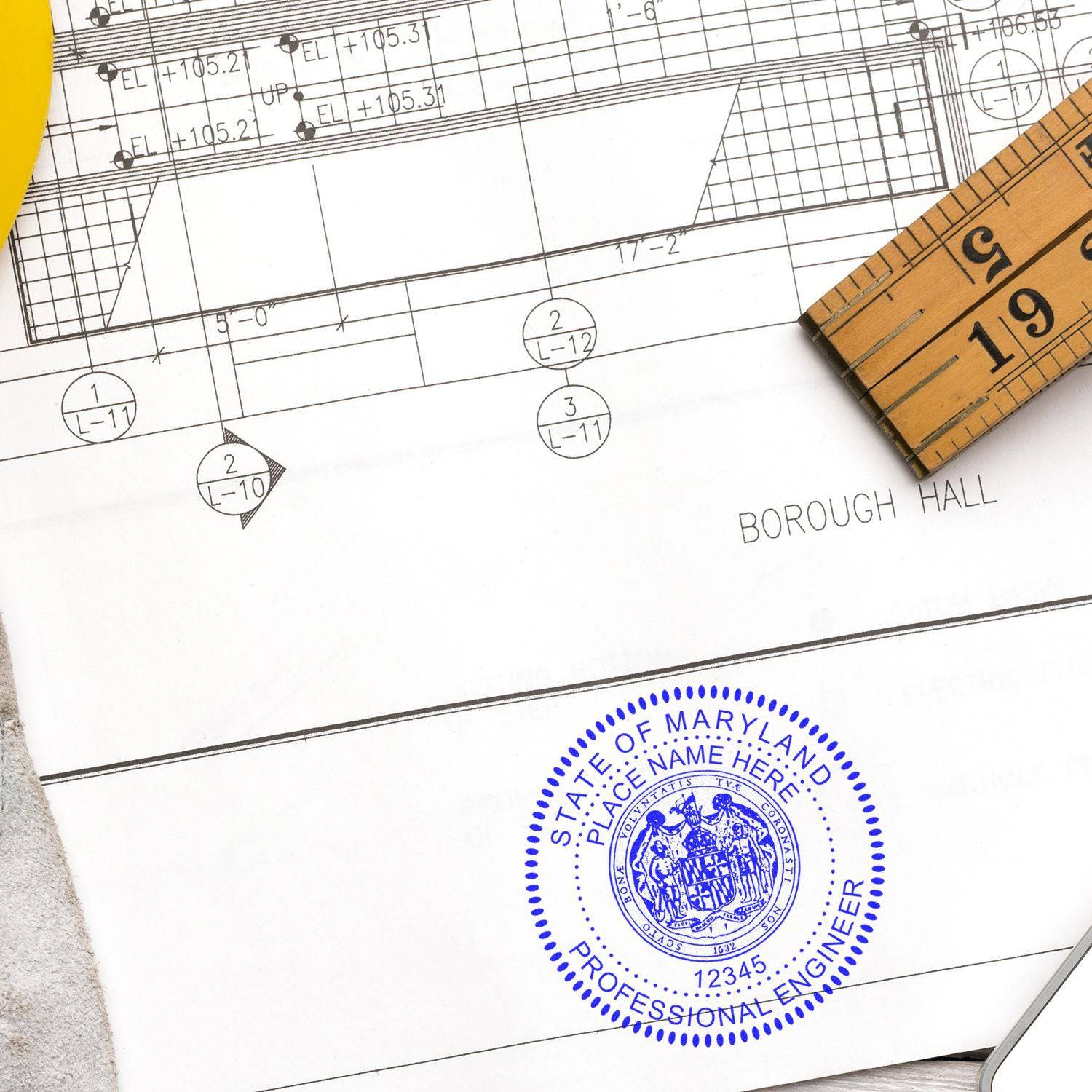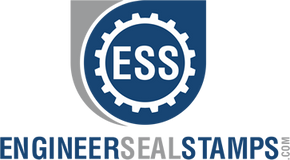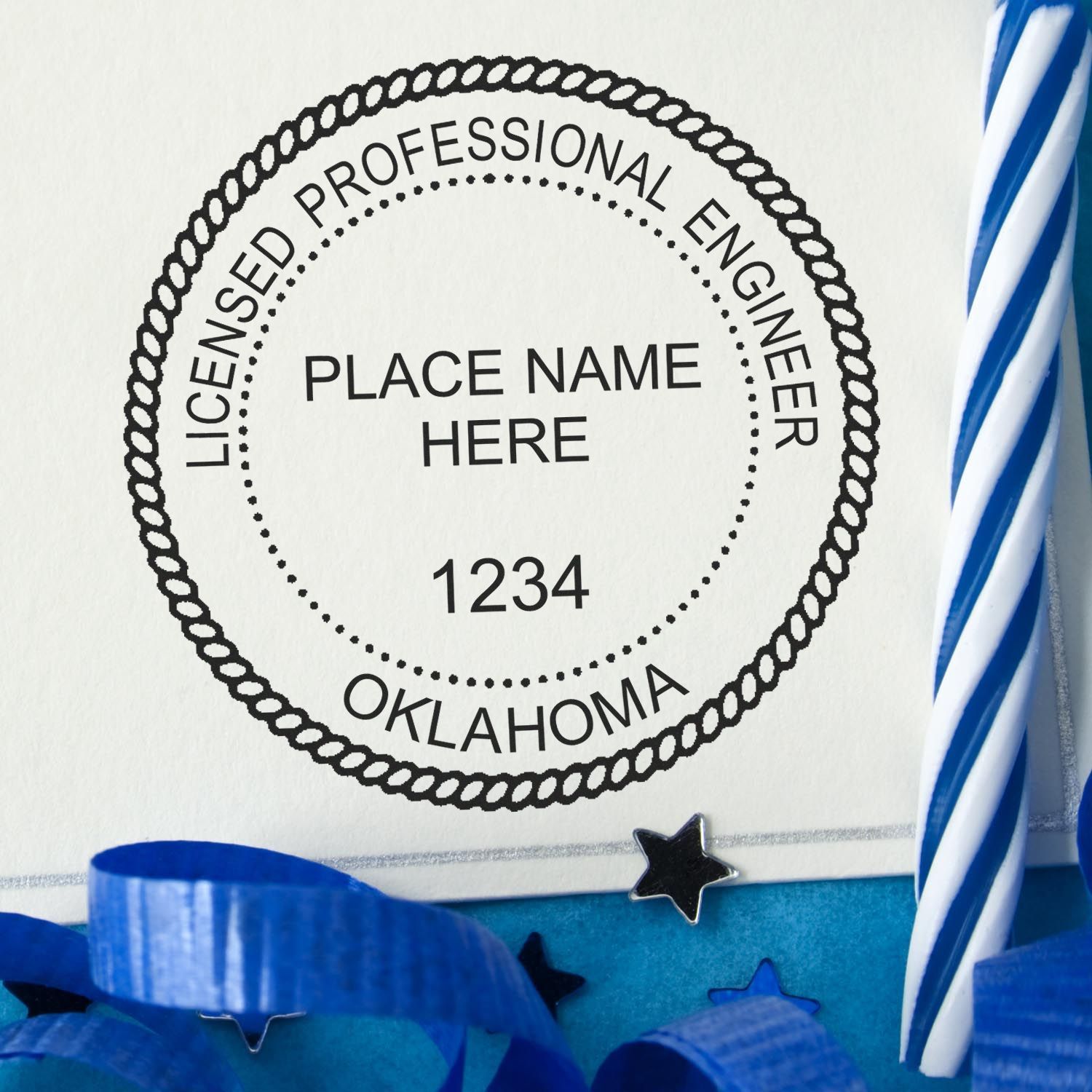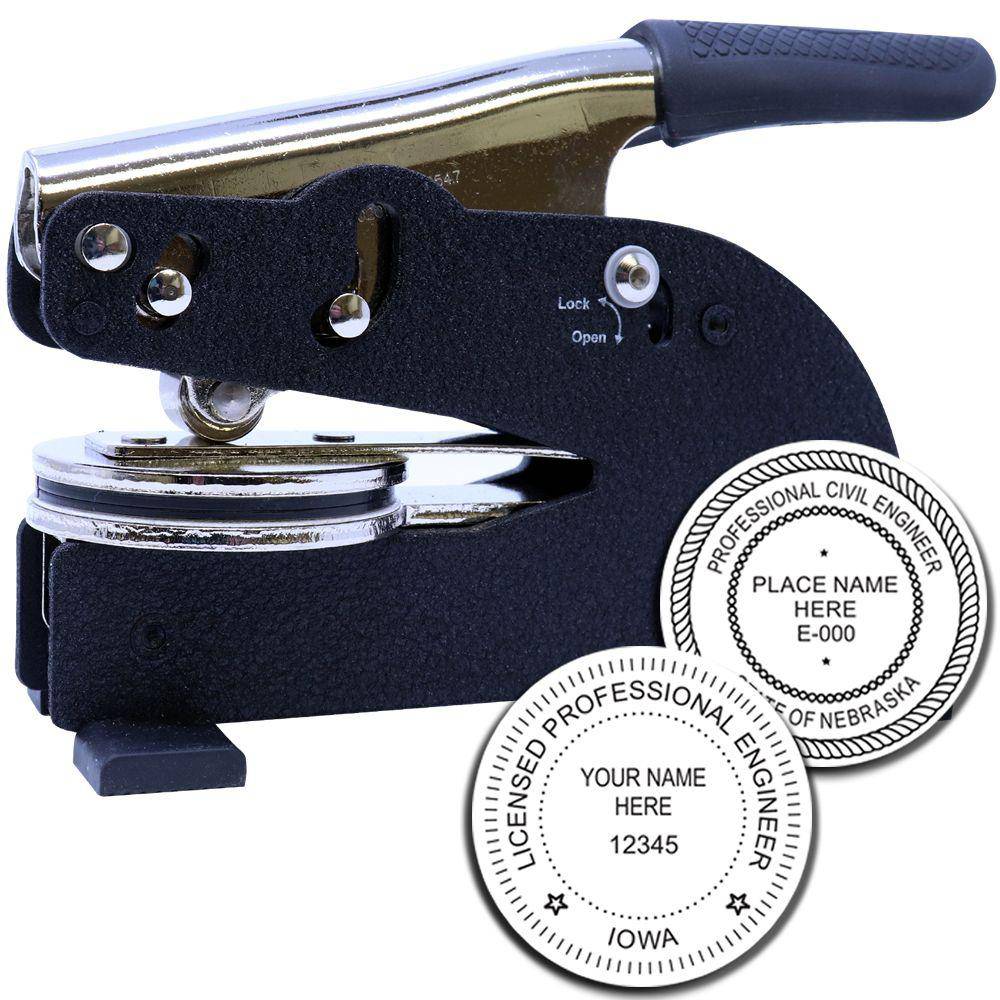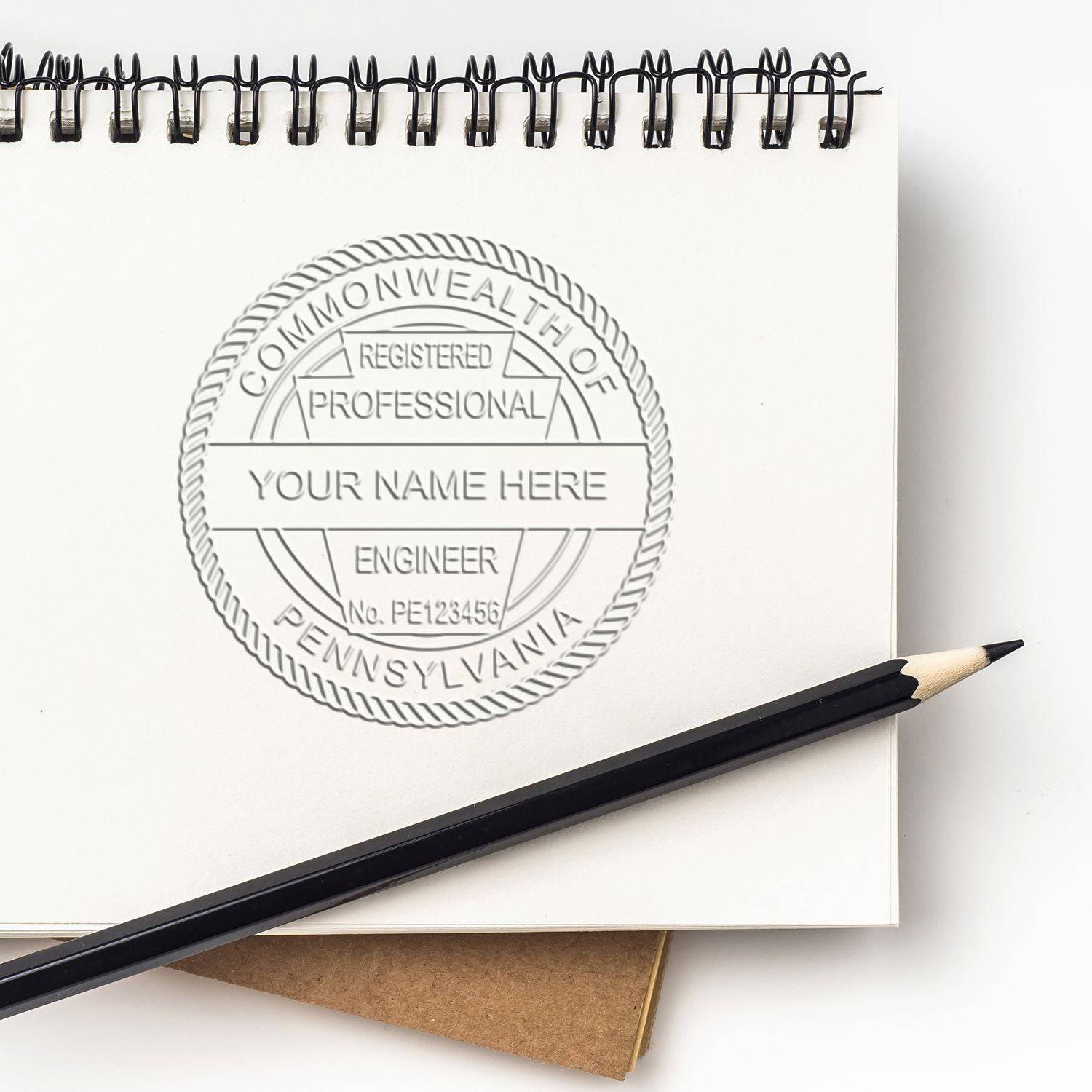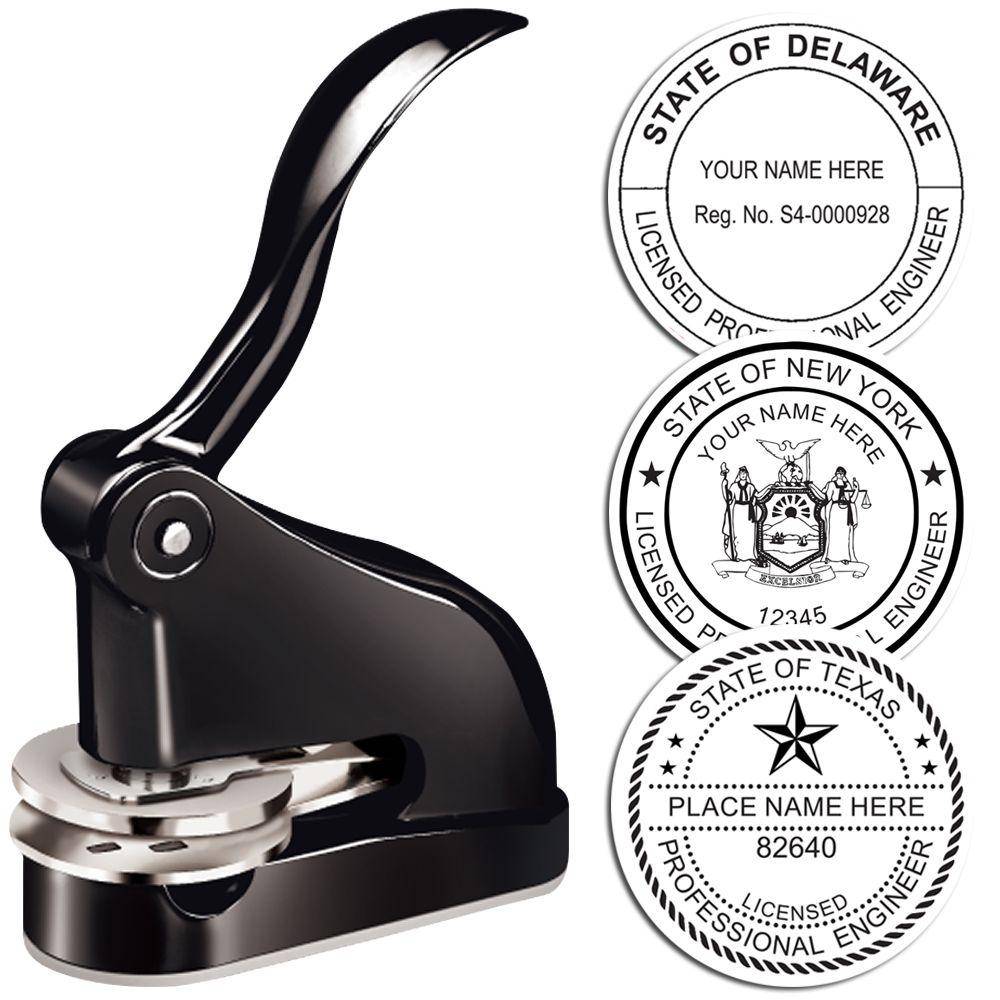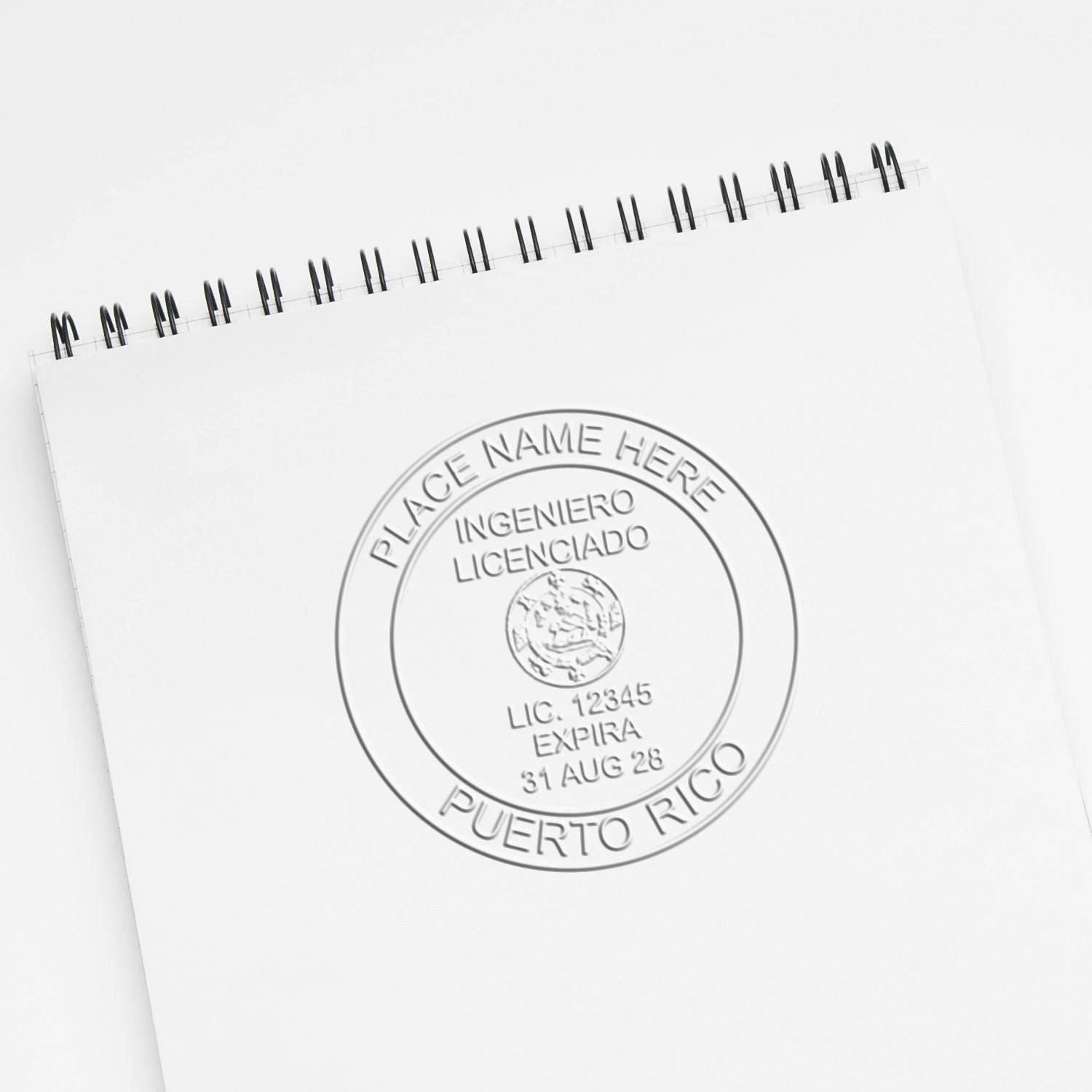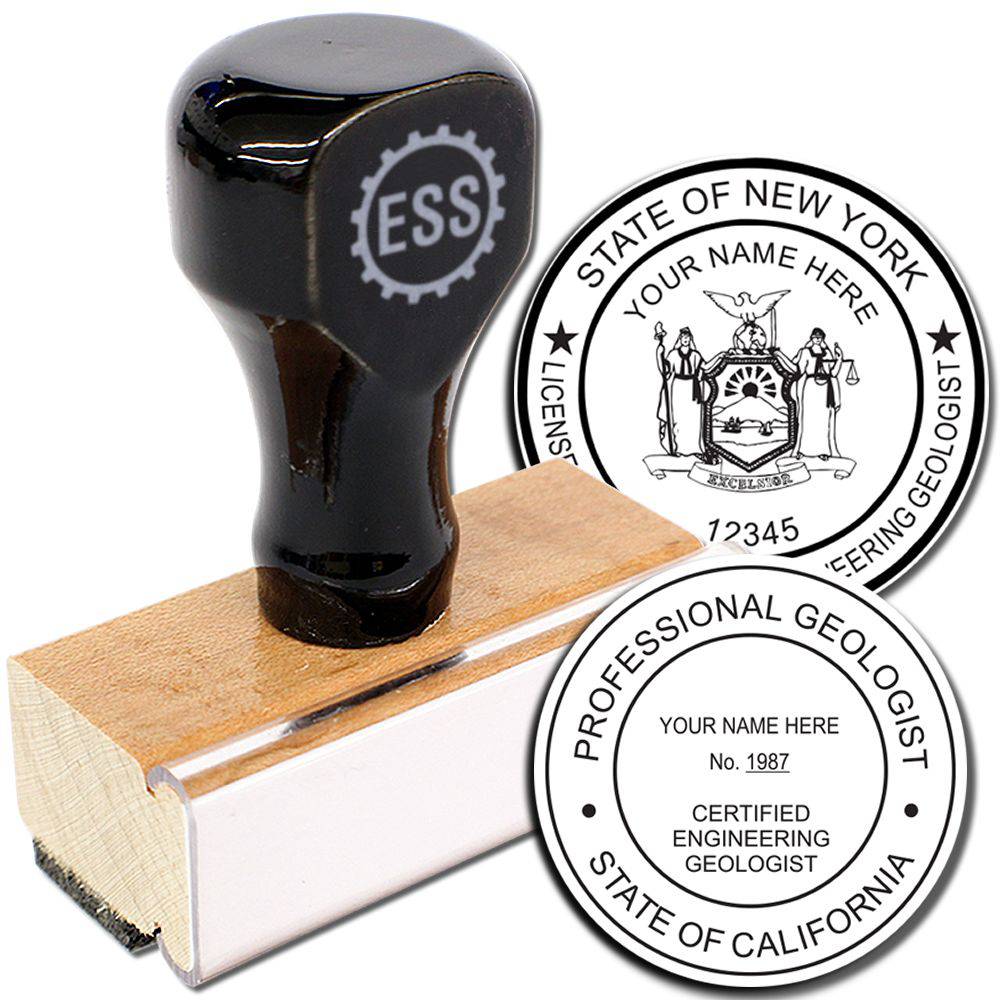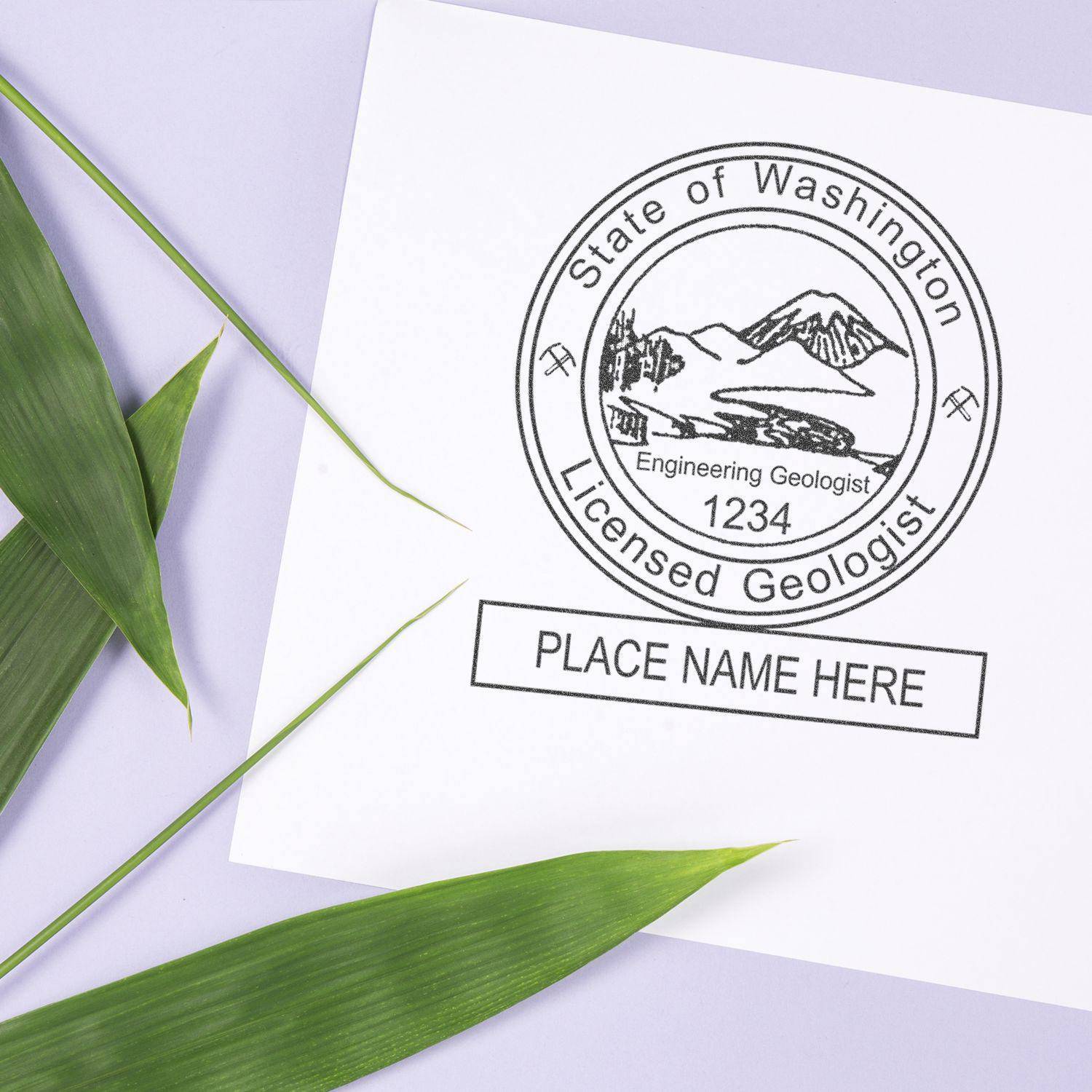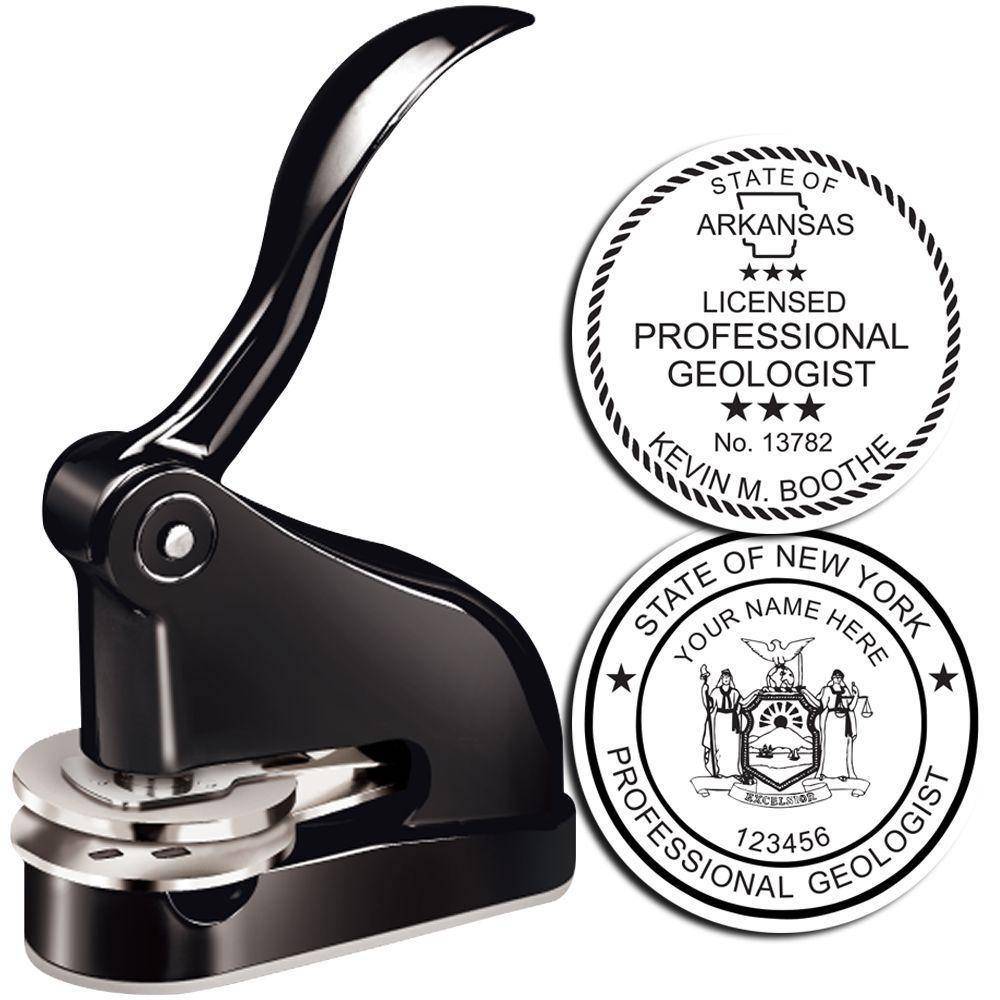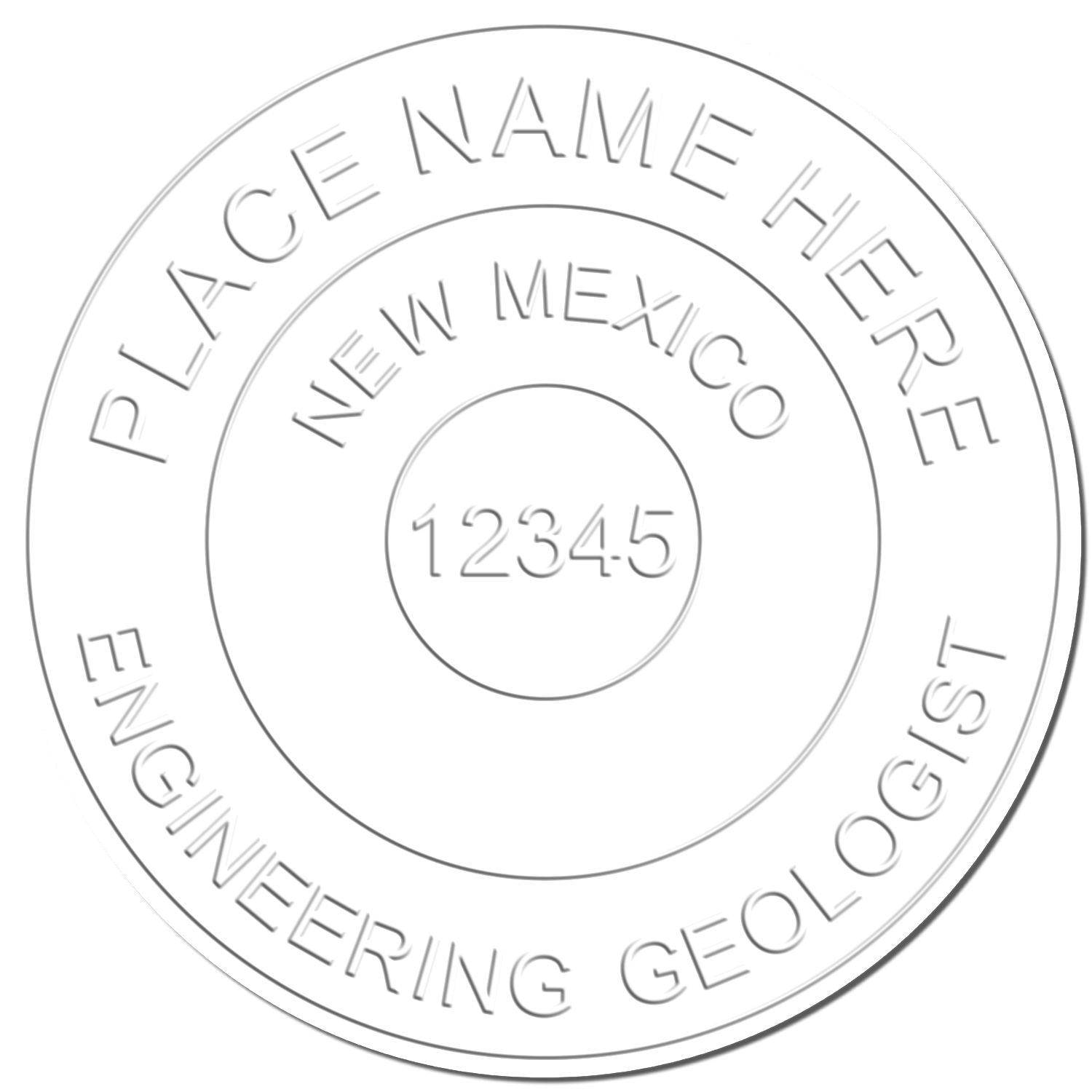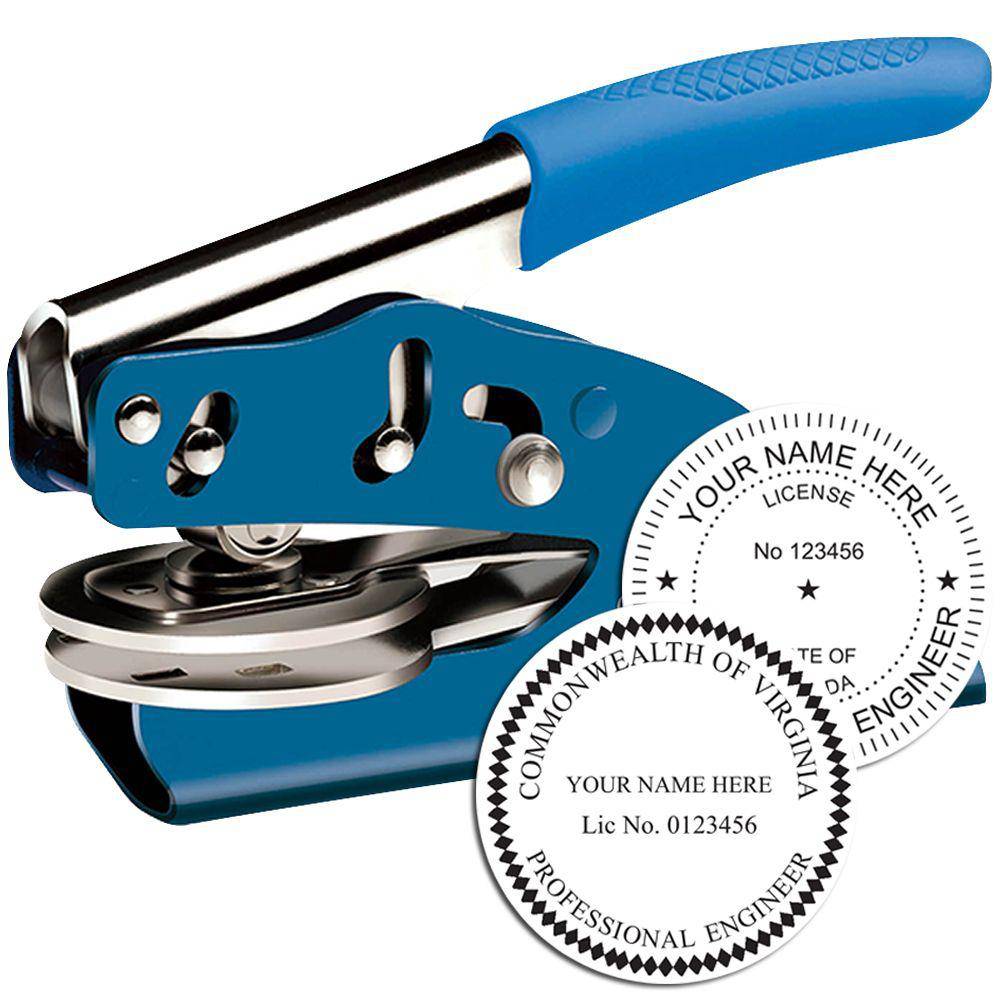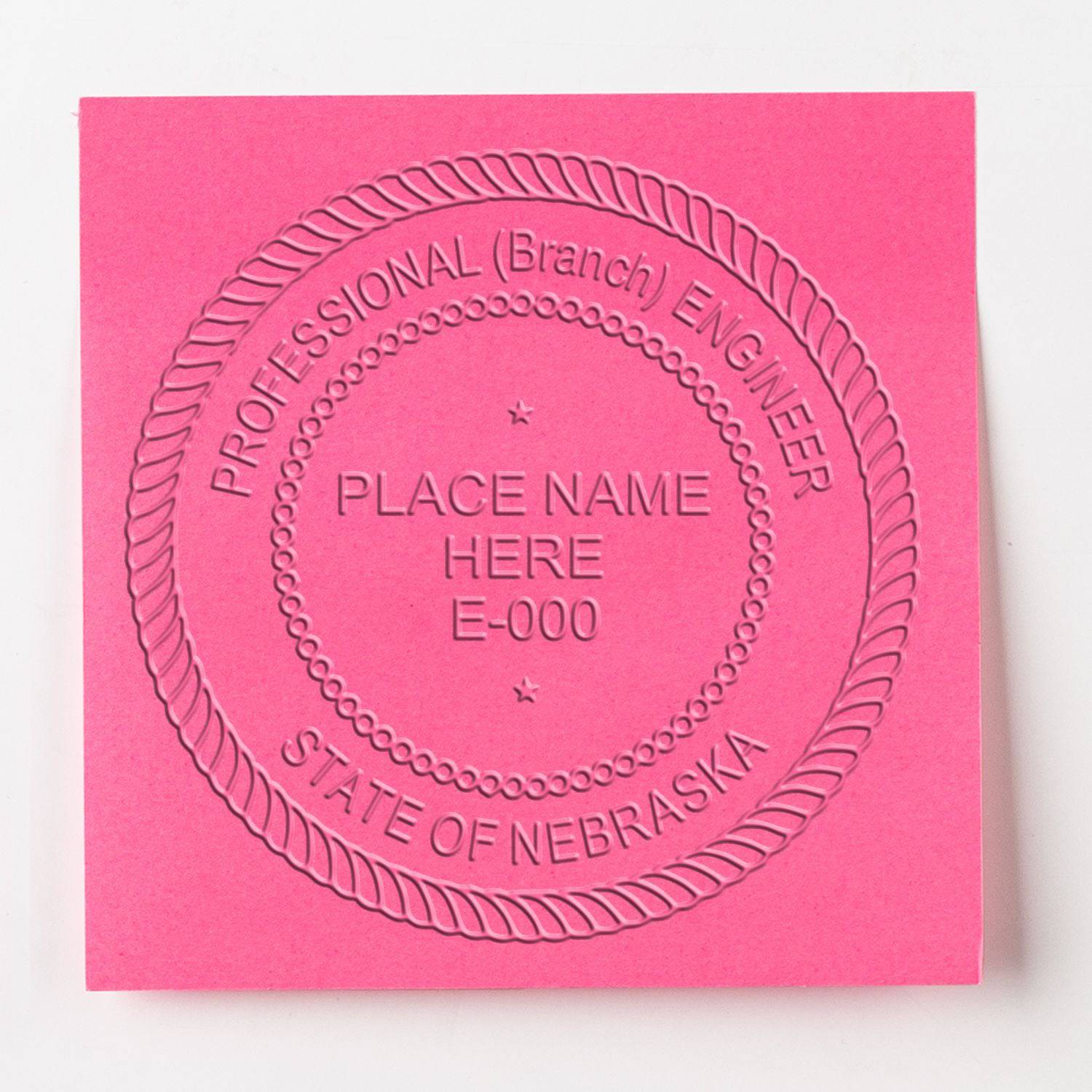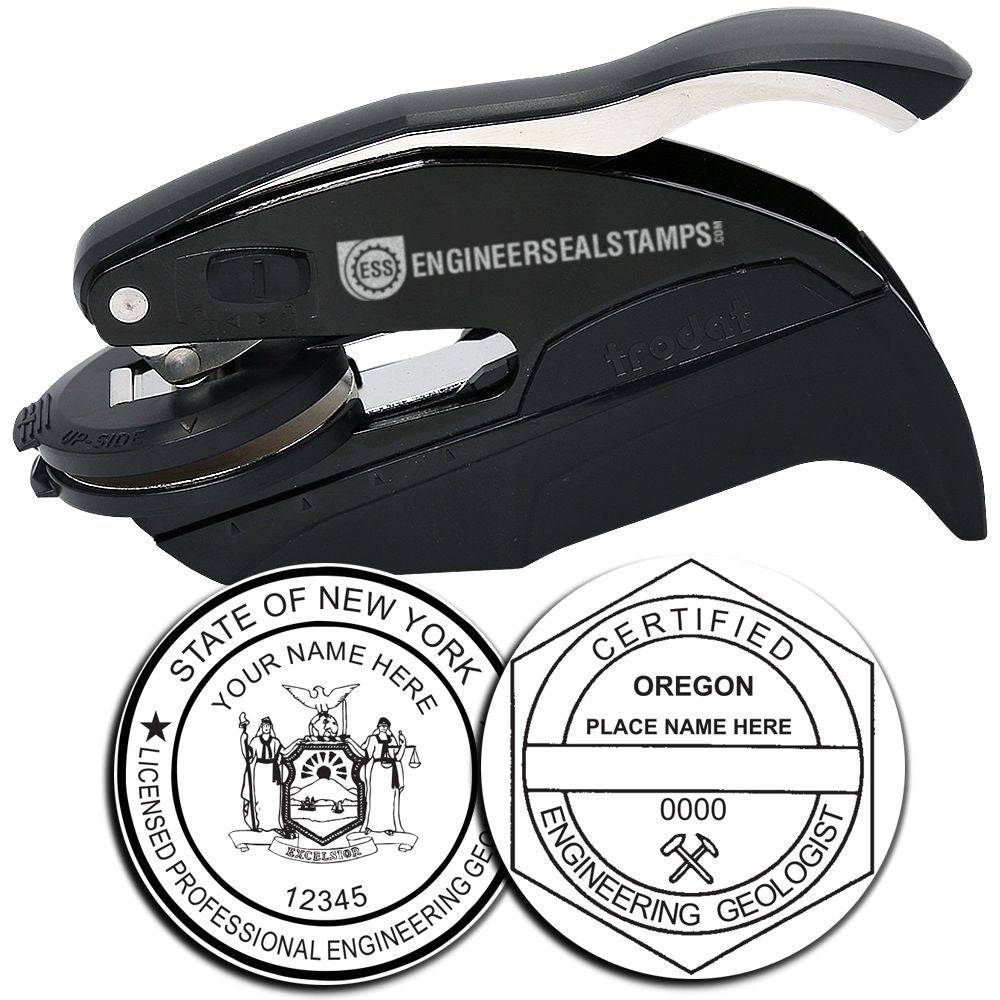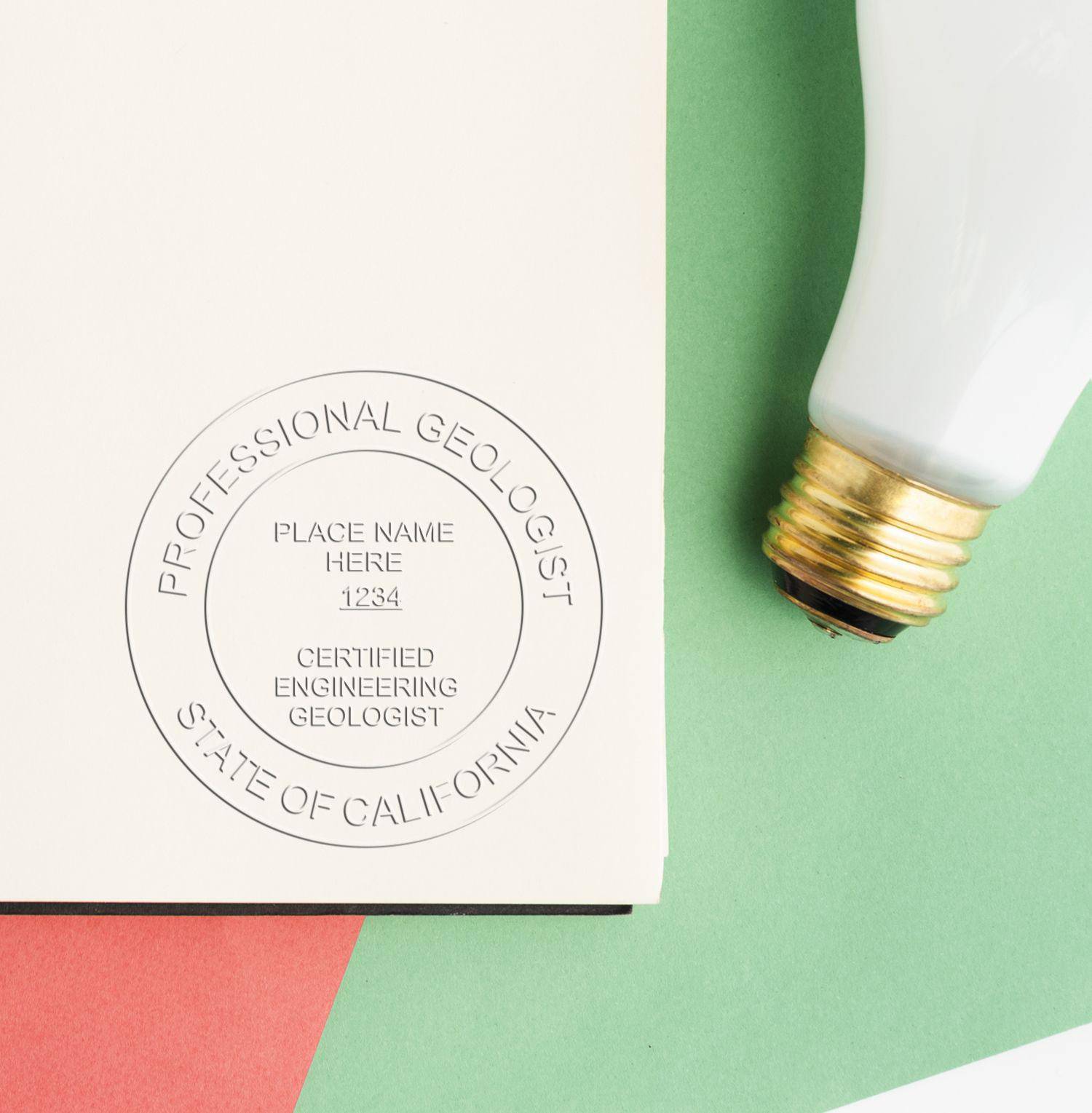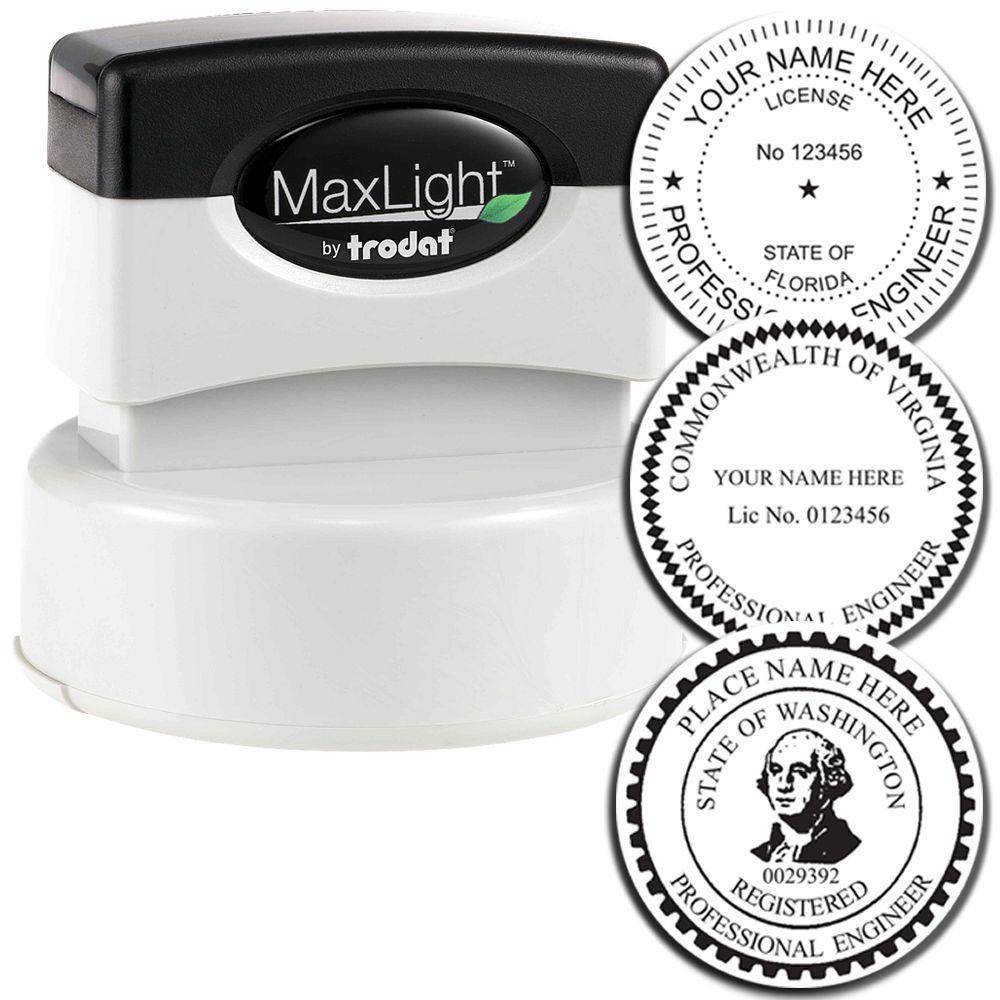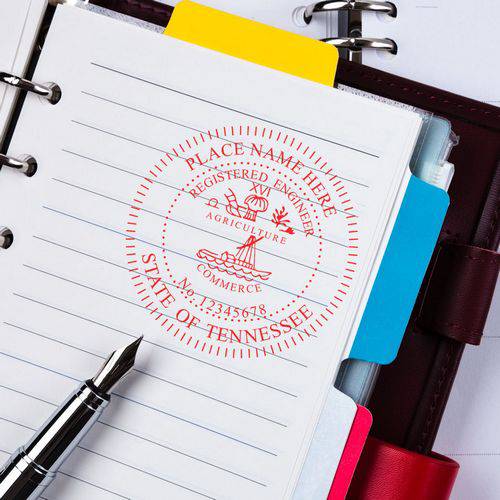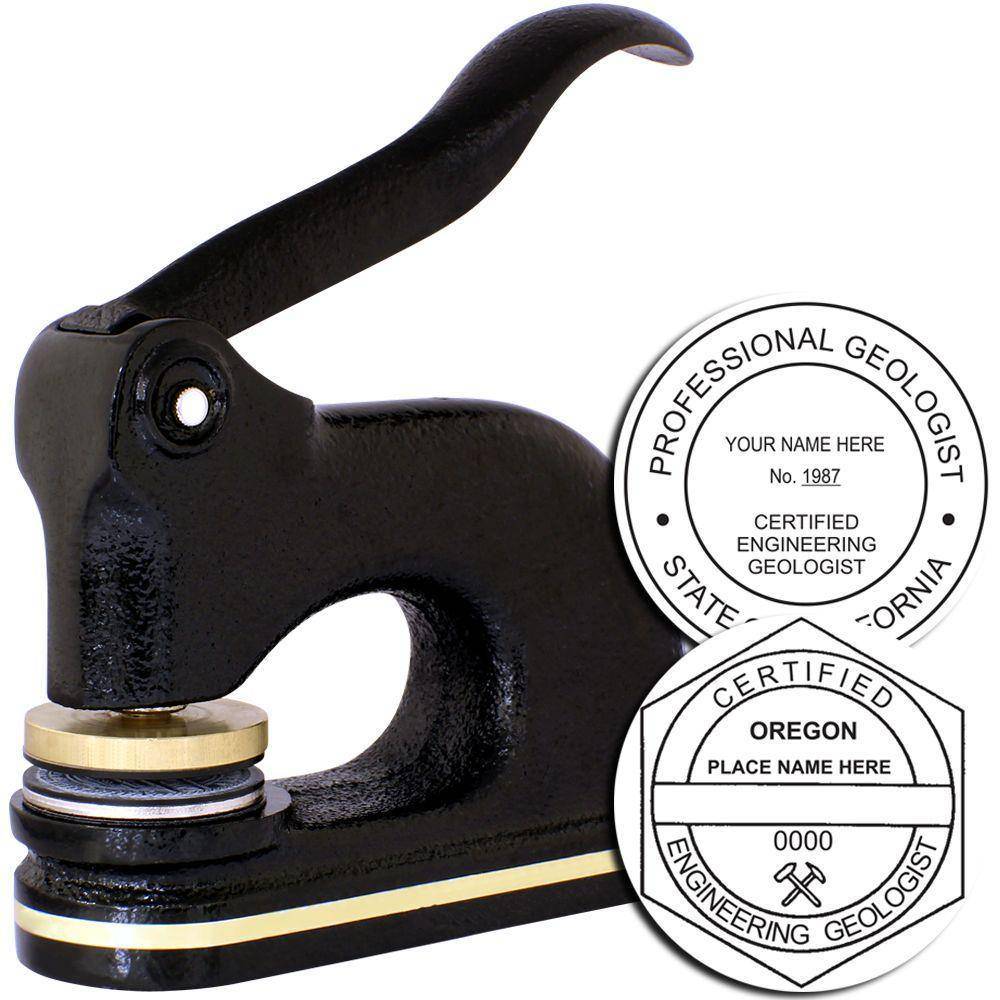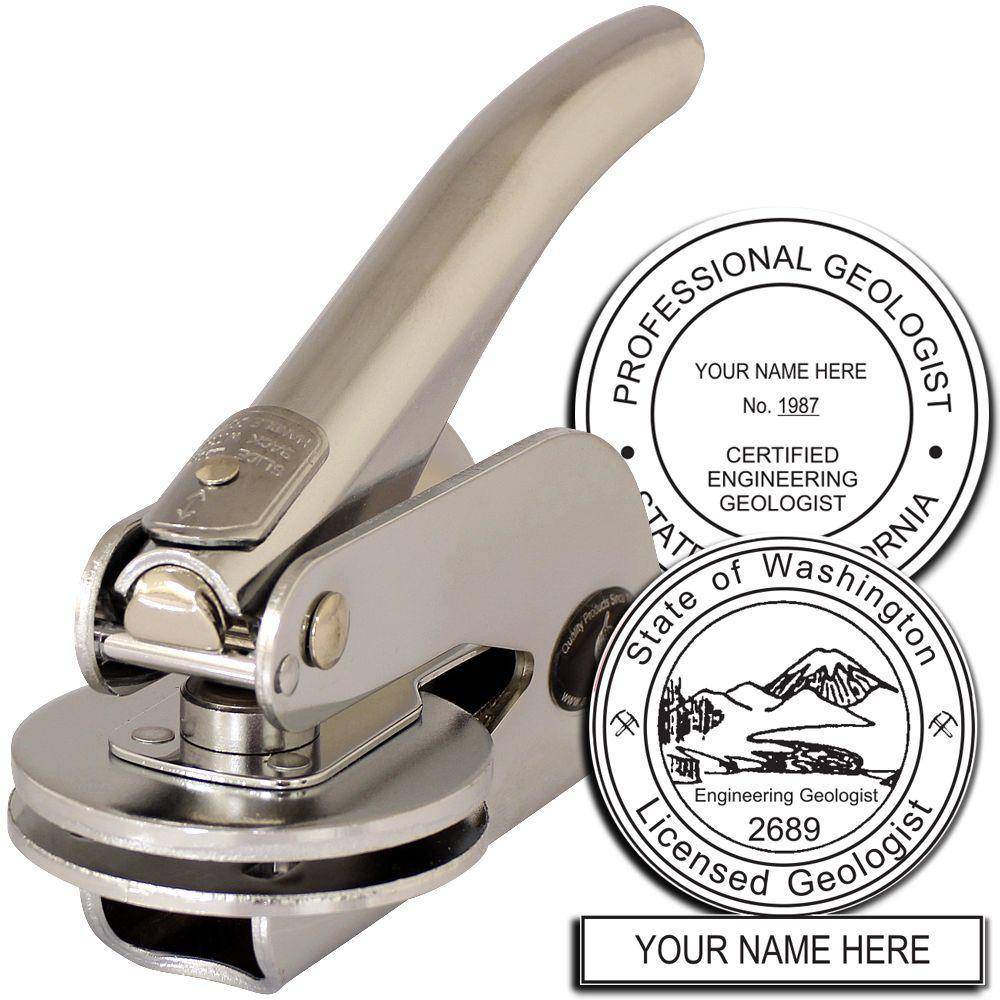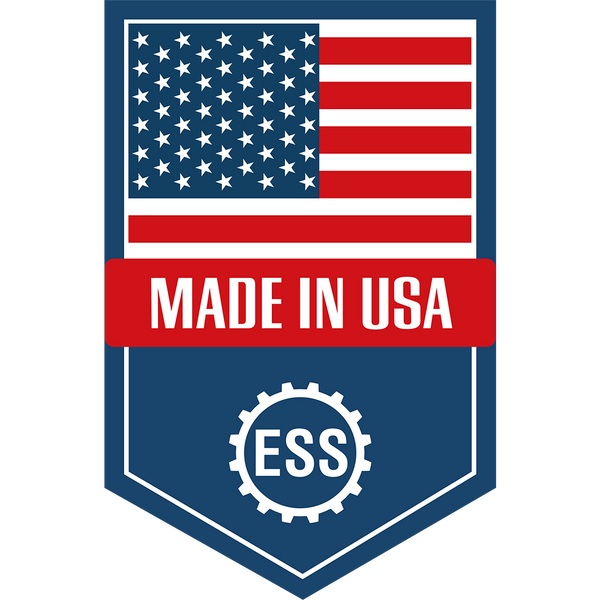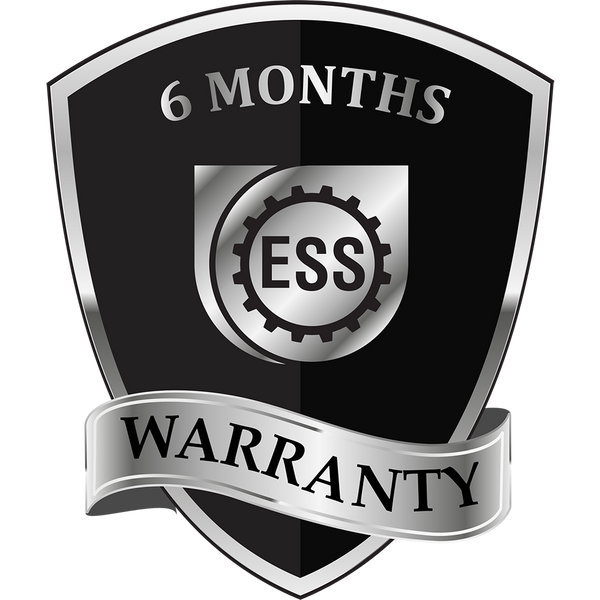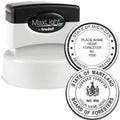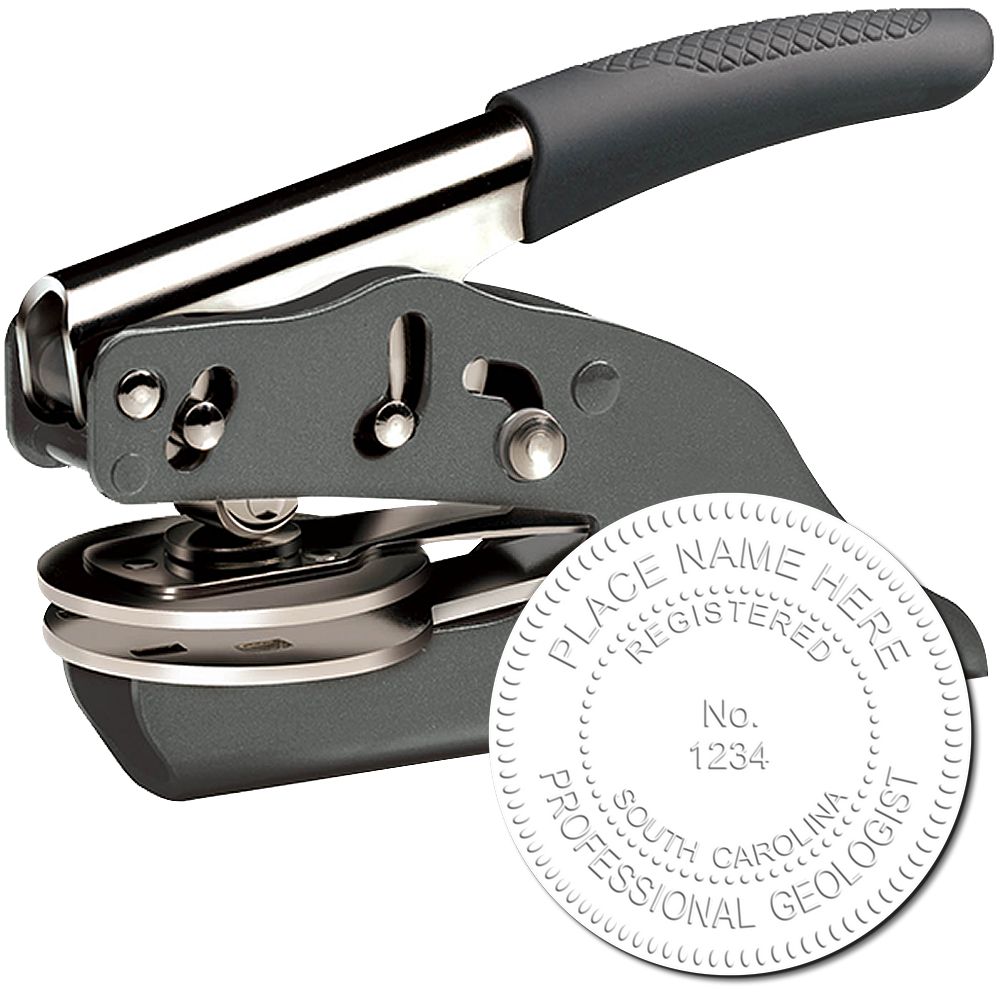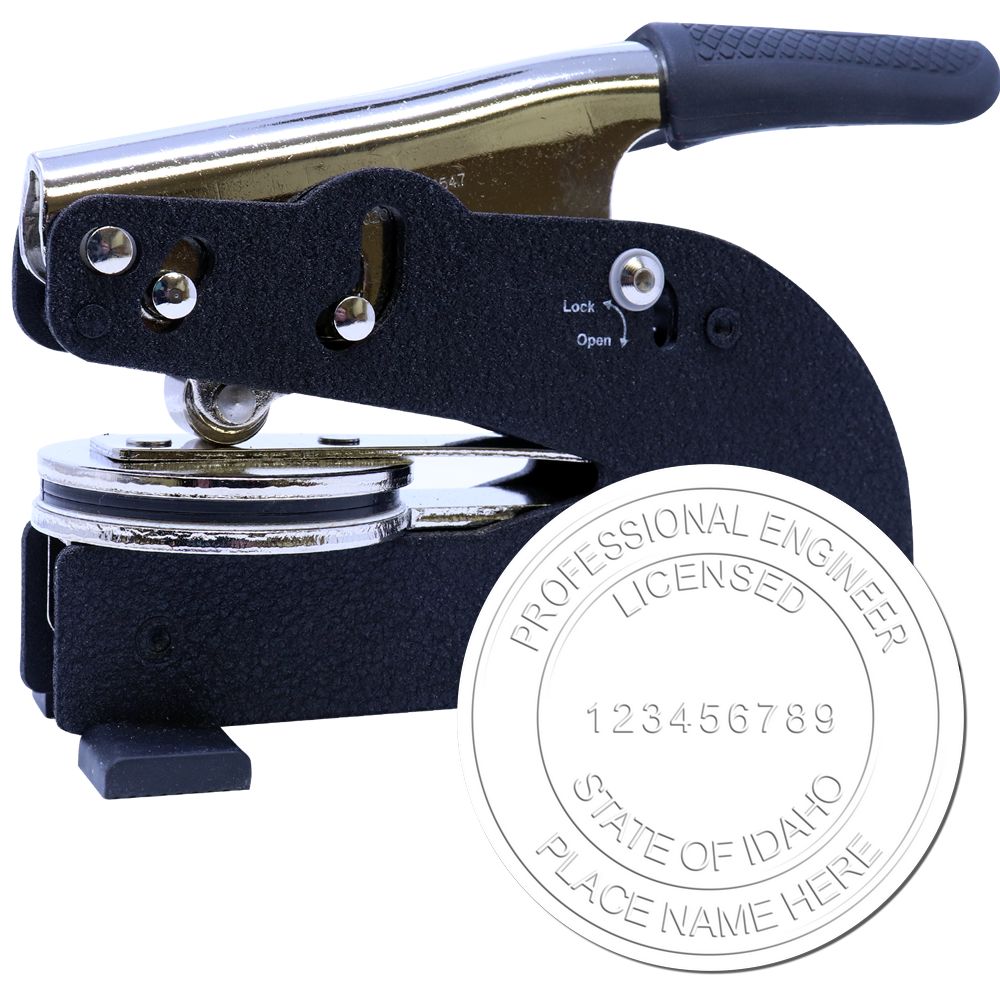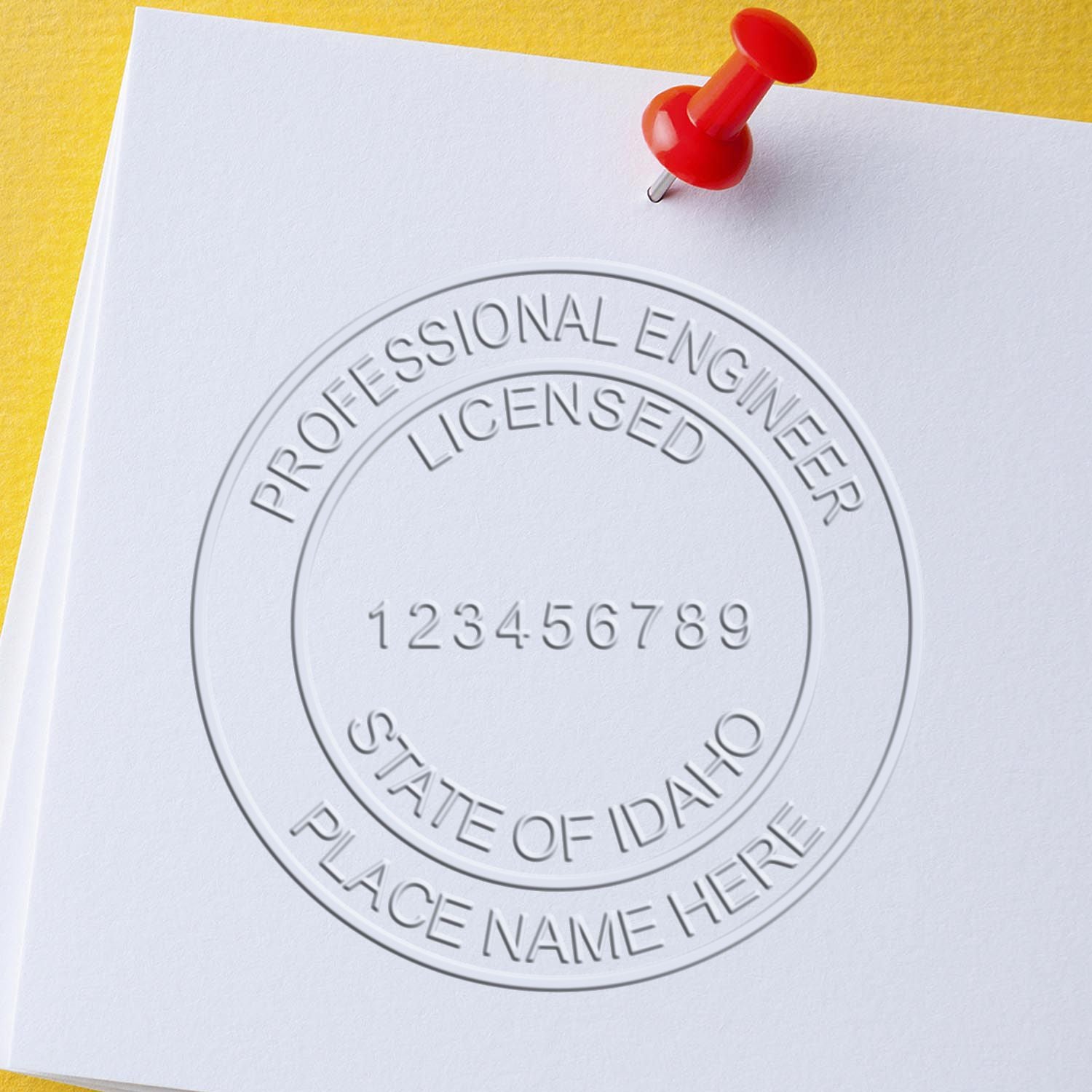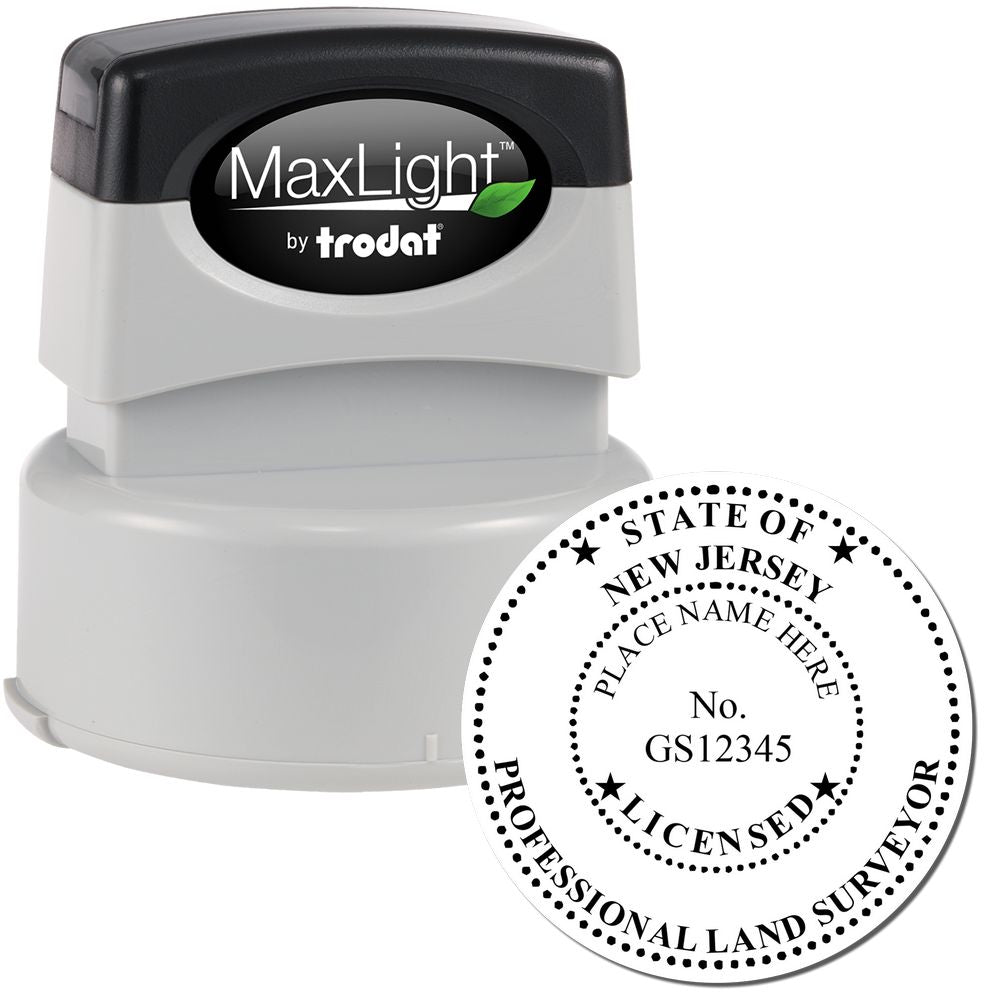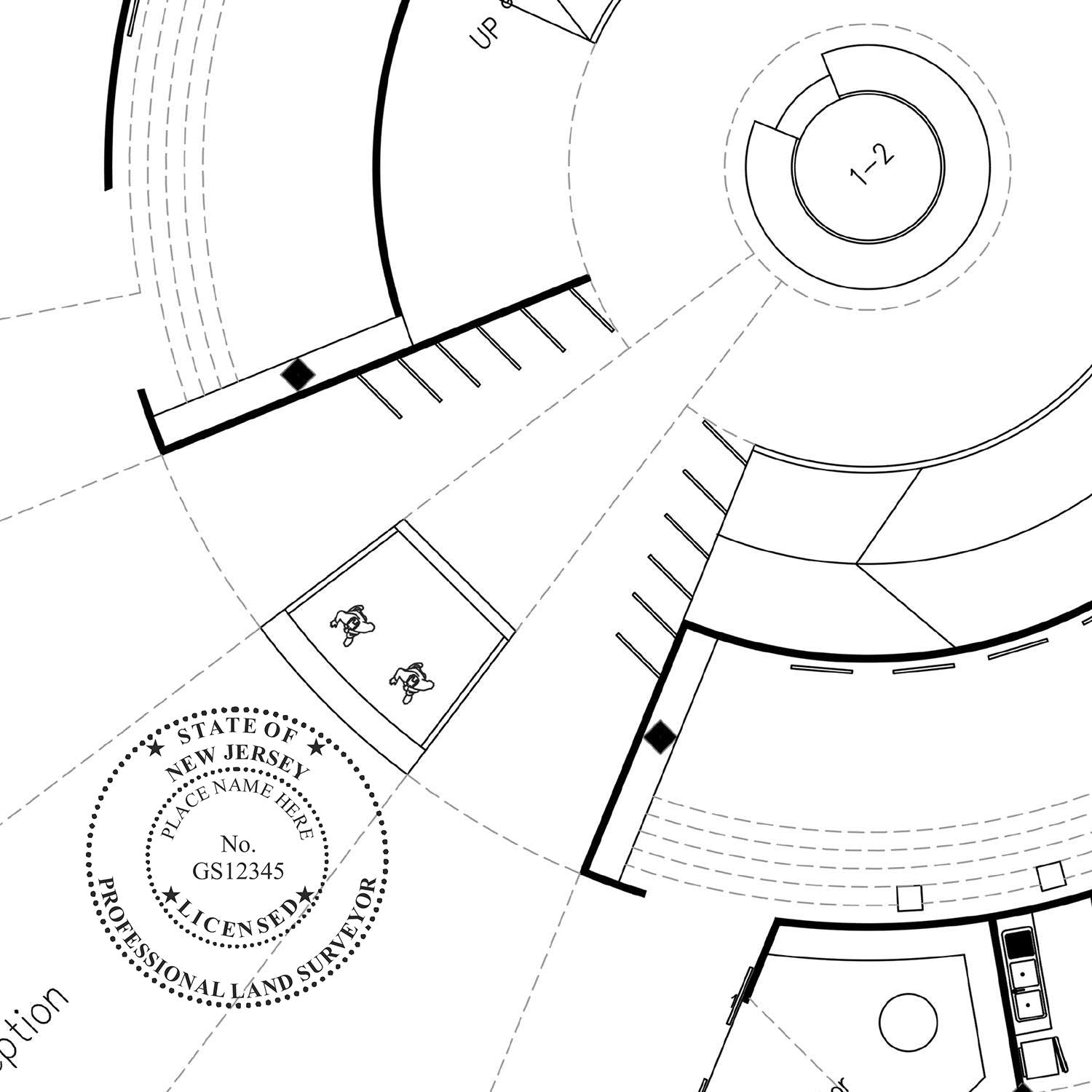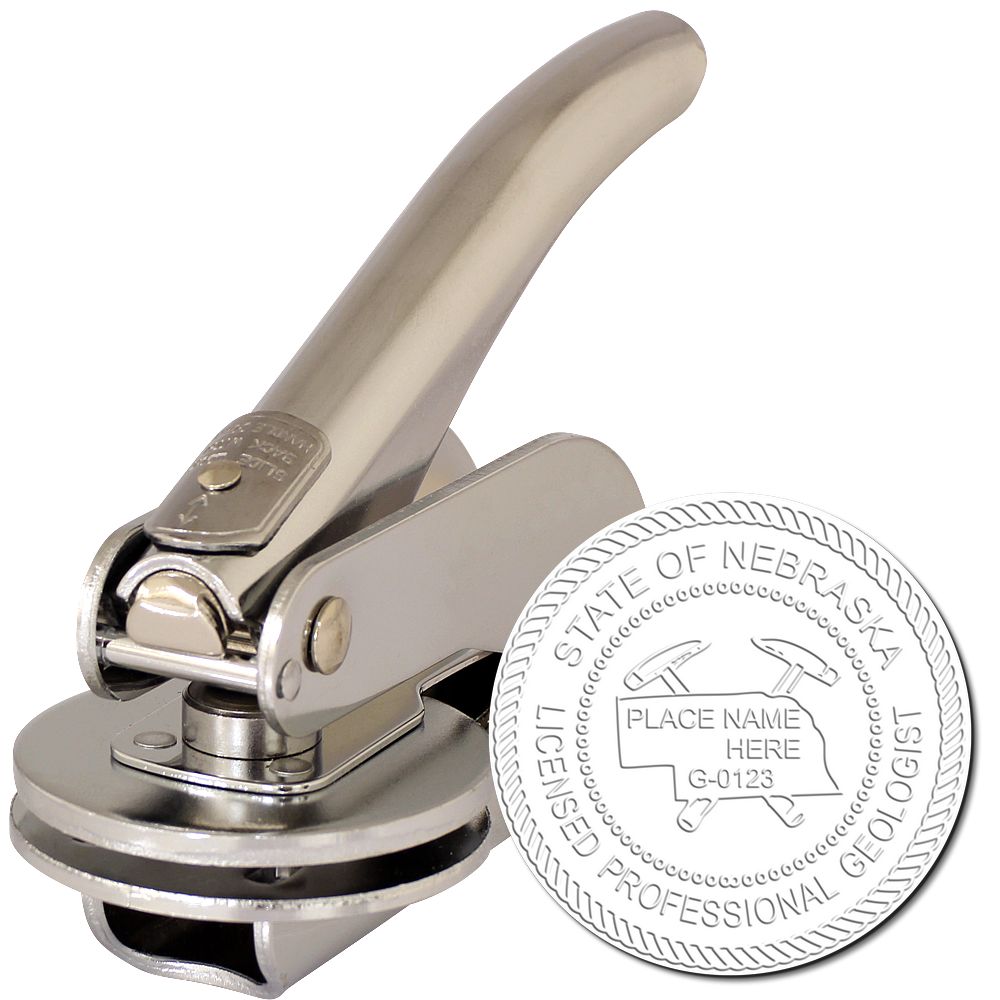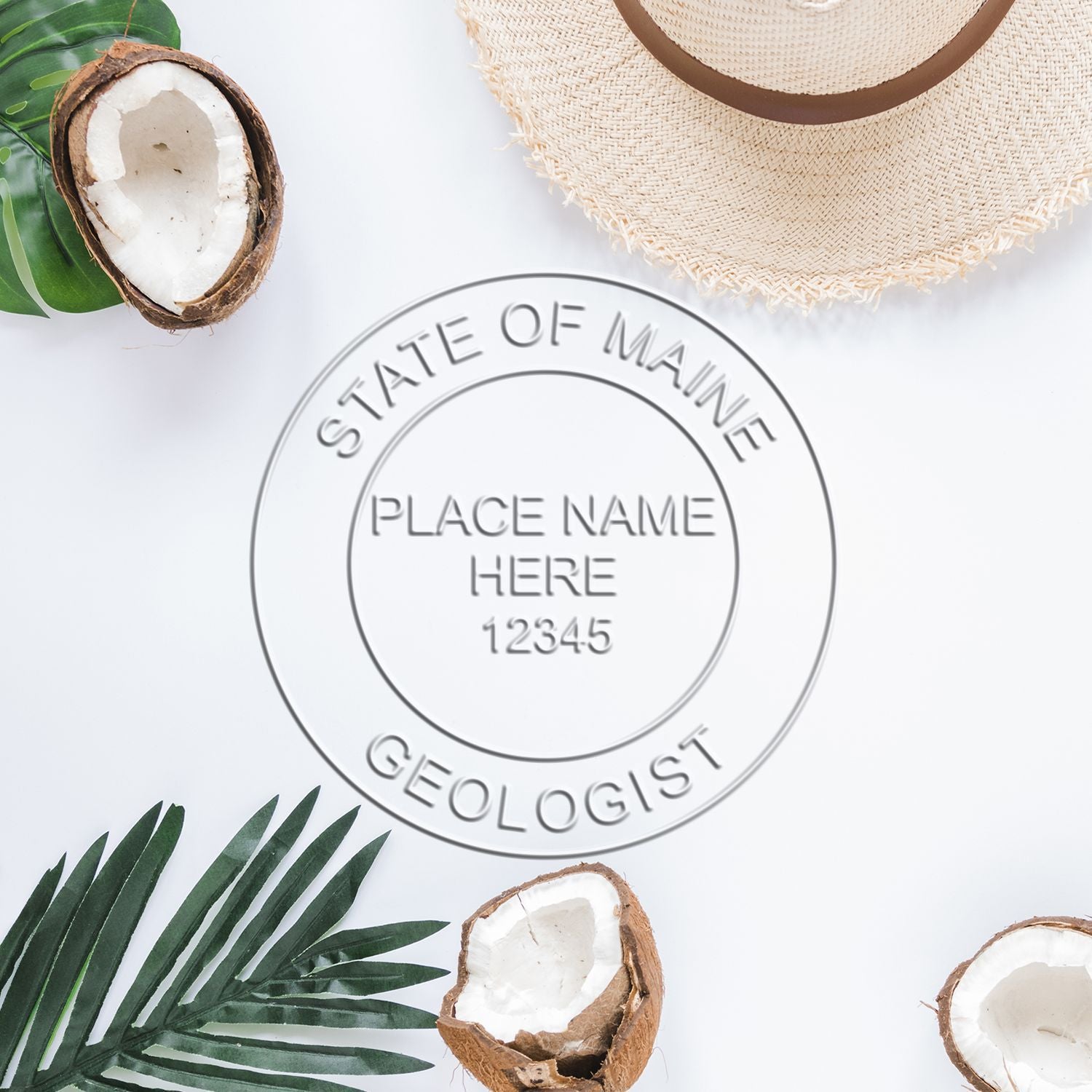The Importance of Engineering Seals
Engineering seals play a vital role in the professional world, particularly in the field of engineering. Let's explore what engineering seals are and why they hold significant importance in professional settings.
What are Engineering Seals?
Engineering seals, also known as professional seals or stamps, are official marks that signify the approval and authorization of a professional engineer on various documents, drawings, and plans. These seals typically consist of the engineer's name, registration number, and other relevant information, along with a unique design specific to the engineer or their organization.
Engineering seals serve as a form of identification and validation, indicating that the professional engineer takes responsibility for the work performed and certifies its compliance with applicable regulations, standards, and ethical practices. They are commonly used in fields such as civil engineering, mechanical engineering, electrical engineering, and architectural design.
Why Engineering Seals are Important in the Professional World
Engineering seals hold immense importance in the professional world, serving several key purposes:
1. Legal Compliance: Engineering seals are often required by law for certain types of engineering projects. They ensure that the work has been performed by a licensed professional who meets the necessary qualifications and adheres to the legal requirements and regulations of the jurisdiction.
2. Professional Accountability: The presence of an engineering seal signifies that a professional engineer has reviewed and approved the work. It holds the engineer accountable for the accuracy, safety, and compliance of the project. This helps to maintain high standards of professionalism and uphold the public's trust in the engineering profession.
3. Project Acceptance and Authorization: Many clients, regulatory bodies, and government agencies require engineering seals for project acceptance and authorization. The seal serves as evidence that the project has been evaluated and deemed acceptable by a qualified professional.
4. Credibility and Reputation: Engineering seals enhance the credibility and reputation of both the engineer and the organization they represent. They demonstrate that the engineer possesses the necessary expertise and qualifications, instilling confidence in clients, colleagues, and the public.
To obtain an engineering seal, professional engineers must meet specific educational and experience requirements, pass licensing exams, and comply with ongoing professional development obligations. By upholding these standards, engineering seals ensure the competence and integrity of the engineering profession.
When considering engineering seals, it's essential to understand the specific requirements and regulations of your jurisdiction. Additionally, different types of engineering projects may have unique stamping requirements. To learn more about the different types of seals and stamps used in the engineering field, check out our articles on architect seals, professional seals, surveyor seals, and civil engineer seals.
Engineering seals are a symbol of professionalism, expertise, and adherence to industry standards. They play a crucial role in maintaining the integrity of engineering projects and ensuring the safety and well-being of the public.
Professional Growth and Engineering Seals
Engineering seals play a significant role in the professional growth of engineers. They not only enhance credibility and trust but also come with legal and ethical obligations that are important to understand.
Enhancing Credibility and Trust
Obtaining and using an engineering seal can significantly enhance an engineer's credibility and the trust placed in their work. Engineering seals serve as a visual representation of an engineer's professional qualifications and expertise. When clients or employers see an engineering seal on documents, it provides them with confidence that the work has been reviewed and approved by a licensed professional.
Engineers who consistently use their seal on engineering plans, drawings, and reports demonstrate a commitment to upholding professional standards and ethics. This consistency builds a reputation for reliability and quality, which can lead to increased opportunities for professional growth and advancement. It also helps to differentiate engineers in a competitive marketplace, as clients and employers recognize the value of working with professionals who hold themselves to the highest standards.
Legal and Ethical Obligations
Engineering seals come with legal and ethical obligations that engineers must adhere to. These obligations vary depending on jurisdiction, but in general, engineers are required to affix their seal on documents that require their professional certification. This ensures that the engineer takes responsibility for the accuracy and compliance of the work.
By affixing their seal, engineers are attesting that they have personally reviewed and approved the work as per the applicable standards and regulations. This obligation fosters accountability and ensures that engineers are held responsible for the safety and integrity of their designs and recommendations.
It's crucial for engineers to stay informed about the specific legal requirements and regulations regarding the use of engineering seals in their jurisdiction. This knowledge enables them to comply with the law and avoid any potential legal consequences. For more information on professional seals and stamps, you can refer to our articles on architect seals, professional seals, surveyor seals, and civil engineer seals.
Understanding the importance of engineering seals in enhancing credibility, trust, and fulfilling legal and ethical obligations is essential for engineers who aspire to excel in their professional careers. By upholding the standards associated with the use of an engineering seal, engineers can demonstrate their expertise, gain the trust of clients and employers, and contribute to the overall advancement of the engineering profession.
Types of Engineering Seals
When it comes to engineering seals, there are different options available to meet the needs of professionals. Here, we will explore three common types of engineering seals: embossing seals, rubber stamps, and digital seals.
Embossing Seals
Embossing seals are a traditional and classic choice for engineering professionals. These seals create a raised impression on paper, providing a distinctive and professional look. Typically made of metal plates, embossing seals require manual pressure to create the impression.
One of the main advantages of embossing seals is their durability and longevity. The quality construction ensures that the seal will withstand frequent use without losing its effectiveness. Embossing seals also provide a level of security, as the raised impression is difficult to replicate or tamper with.
Rubber Stamps
Rubber stamps offer a versatile and convenient option for engineering professionals. These stamps feature a rubber plate with the desired design and are mounted on a handle. When pressed onto paper, the rubber plate transfers ink to create a clear and legible impression.
One of the key benefits of rubber stamps is their ease of use. With a simple press, professionals can quickly and efficiently mark documents with their official seal. Rubber stamps also allow for customization, as the design can be tailored to include specific information such as names, license numbers, or company logos.
Digital Seals
In the digital age, many engineering professionals are opting for digital seals. These seals are typically in the form of electronic files that can be applied to documents digitally. Digital seals offer convenience and efficiency, as they eliminate the need for physical stamps or seals.
One of the primary advantages of digital seals is their ease of use and versatility. Professionals can apply the seal to digital documents or use it in electronic communication, providing a secure and tamper-proof method of authentication. Digital seals also allow for easy replication and distribution of documents without the need for physical stamps.
Choosing the right type of engineering seal depends on various factors, including personal preference, industry standards, and legal requirements. Whether you prefer the traditional elegance of embossing seals, the convenience of rubber stamps, or the modern efficiency of digital seals, selecting a seal that meets your needs is essential. Consider consulting with your professional association or regulatory body to ensure compliance with any specific requirements related to engineering seals. For more information on engineering stamps and seals, visit our articles on architect stamps, engineering stamps, and professional stamps.
Considerations for Choosing an Engineering Seal
When selecting an engineering seal, it's essential to carefully consider several key factors to ensure that you choose the right seal for your professional needs. Here are some important considerations to keep in mind:
Legal Requirements and Regulations
Before purchasing an engineering seal, it is crucial to familiarize yourself with the legal requirements and regulations governing the use of seals in your jurisdiction. Different regions may have specific guidelines regarding the design, size, and content of engineering seals. Familiarizing yourself with these regulations will help you choose a seal that complies with the necessary standards.
Quality and Durability
The quality and durability of an engineering seal are vital considerations. It's important to invest in a seal that is made from high-quality materials to ensure its long-lasting performance. Look for seals that are constructed with durable components such as metal or high-grade plastic. A well-made seal will not only provide a professional appearance but will also withstand regular use without losing its functionality.
To assess the quality of an engineering seal, consider factors such as the clarity of the impression it creates, the sturdiness of the handle, and the overall craftsmanship. Reading reviews and seeking recommendations from trusted colleagues can also be helpful in determining the quality of a particular seal.
Customization Options
Engineering seals often require customization to include specific information such as your name, professional title, and license number. When choosing an engineering seal, consider the customization options available. Some seal providers offer the flexibility to design a custom seal that meets your unique requirements. This allows you to personalize your seal while ensuring that it complies with the necessary regulations.
Discussing your customization needs with a reputable seal provider can help you determine the available options and guide you in creating a seal that represents your professional identity accurately.
By considering these important factors—legal requirements, quality and durability, and customization options—you can confidently select an engineering seal that meets your professional needs. To learn more about engineering seals and related topics, visit our articles on architect stamps, engineering stamps, and professional stamps.
Obtaining and Using Engineering Seals
Once you've recognized the importance of engineering seals for your professional growth, it's crucial to understand how to obtain and use them effectively. This section will guide you through the process of obtaining engineering seals, proper usage and placement, as well as maintenance and care tips.
Where to Obtain Engineering Seals
When it comes to obtaining engineering seals, it's essential to choose a reliable and reputable source. There are various options available, including online retailers, stationery stores, and specialized professional stamp and seal vendors. These vendors offer a wide range of engineering seals, including architect stamps, engineering stamps, and professional stamps.
It's important to ensure that the vendor you choose complies with legal requirements and provides high-quality products. Consider reading reviews and checking their reputation before making a purchase. For more information on architect seals, engineering seals, and professional seals, visit our article on architect seals, engineering seals, and professional seals, respectively.
Proper Usage and Placement
Using engineering seals correctly is crucial to maintain their integrity and ensure their legal validity. Here are some essential guidelines for proper usage and placement:
-
Stamp placement: Engineering seals should be placed in a visible and legible manner on the documents they certify. The seal should not obstruct important information or overlap with other stamps or seals.
-
Stamp orientation: Ensure that the engineering seal is aligned correctly with the document. The stamp should be clear and easily readable, without any smudging or distortion.
-
Ink color: Most engineering seals are designed to be used with black ink. It's important to use the appropriate ink color as specified by your professional guidelines.
-
Stamp impression: Apply steady and even pressure when stamping to ensure a clear and accurate impression. Avoid excessive force that could damage the document or cause the seal to appear distorted.
For more guidance on professional stamp design and usage, refer to our article on professional stamp design.
Maintenance and Care Tips
To maximize the lifespan and functionality of your engineering seal, it's crucial to maintain and care for it properly. Here are some tips for maintaining your engineering seal:
-
Cleanliness: Regularly clean your engineering seal to remove any ink residue or debris. Use a soft cloth or a mild cleaning solution to gently wipe the stamping surface. Avoid using harsh chemicals that could damage the seal.
-
Storage: Store your engineering seal in a clean and dry environment to prevent damage and maintain its integrity. Ensure that the seal is protected from excessive heat, direct sunlight, or extreme humidity.
-
Replacement: Over time, the stamping surface of your engineering seal may wear out. It's important to monitor the quality of the impressions and consider replacing the seal when necessary.
By obtaining your engineering seal from a trusted source, using it correctly, and maintaining it properly, you can ensure its effectiveness and compliance with legal and professional requirements. Remember to refer to your specific industry regulations and guidelines for any additional requirements regarding engineering seals.
About ESS
Engineer Seal Stamps, also known as ESS, is a leading provider of high-quality custom rubber stamps, professional seals, and notary stamps. With a commitment to excellence in both product and service, we take great pride in offering a state board guarantee on all of our products. Our top-of-the-line engineer seal stamps and professional seals are perfect for architects, engineers, and anyone else in need of reliable and accurate stamping solutions.
At ESS, we understand that time is valuable. That's why we offer a quick turnaround on all of our products, ensuring that you receive your order in a timely and efficient manner. We believe that customer satisfaction is the foundation of any successful business, which is why we strive to provide stellar customer service to all of our clients. From the moment you place your order, our knowledgeable and friendly staff will work closely with you to ensure that your needs are met in every way possible.
In addition to our commitment to quality products and exceptional customer service, ESS also strives to be an environmentally conscious company. We make every effort to reduce our environmental impact by using sustainable and eco-friendly materials in our stamp production process. At ESS, we are dedicated to providing our customers with the highest quality stamping solutions. With our commitment to excellence, state board guarantee, quick turnaround, and environmentally conscious practices, you can trust that you are receiving the best products and service available.

